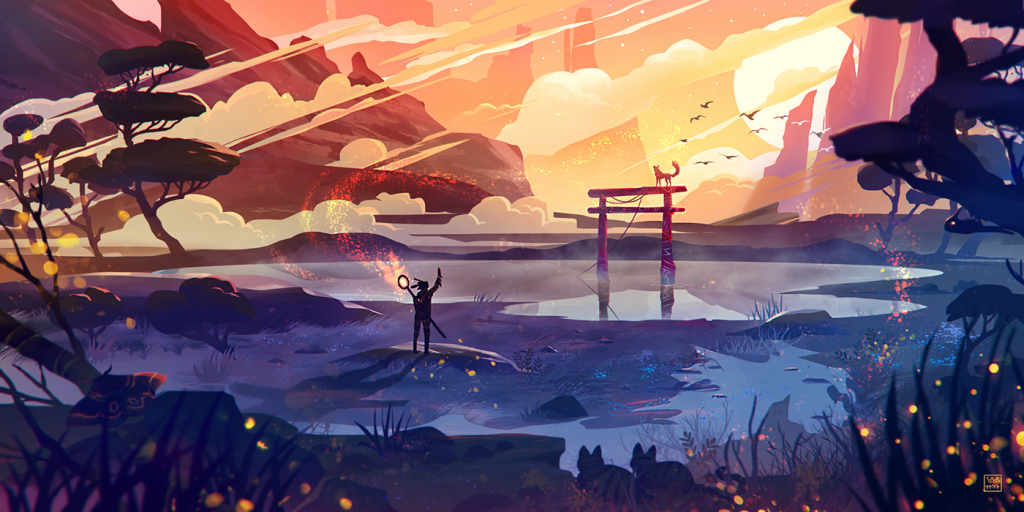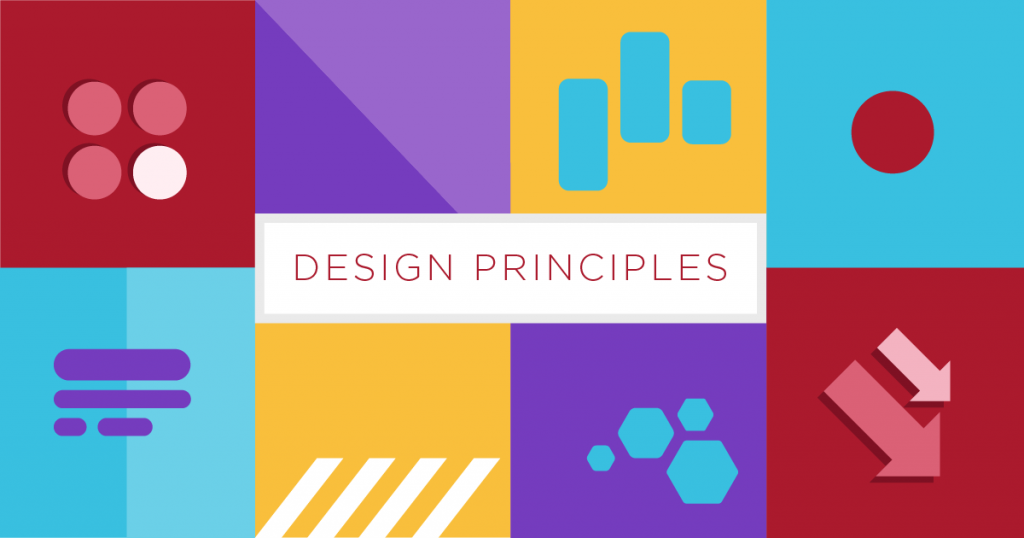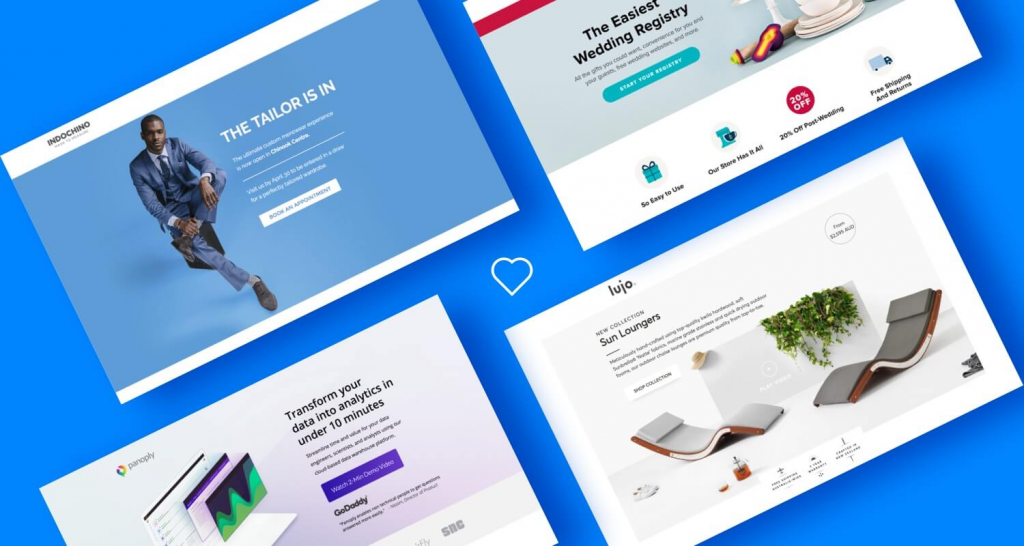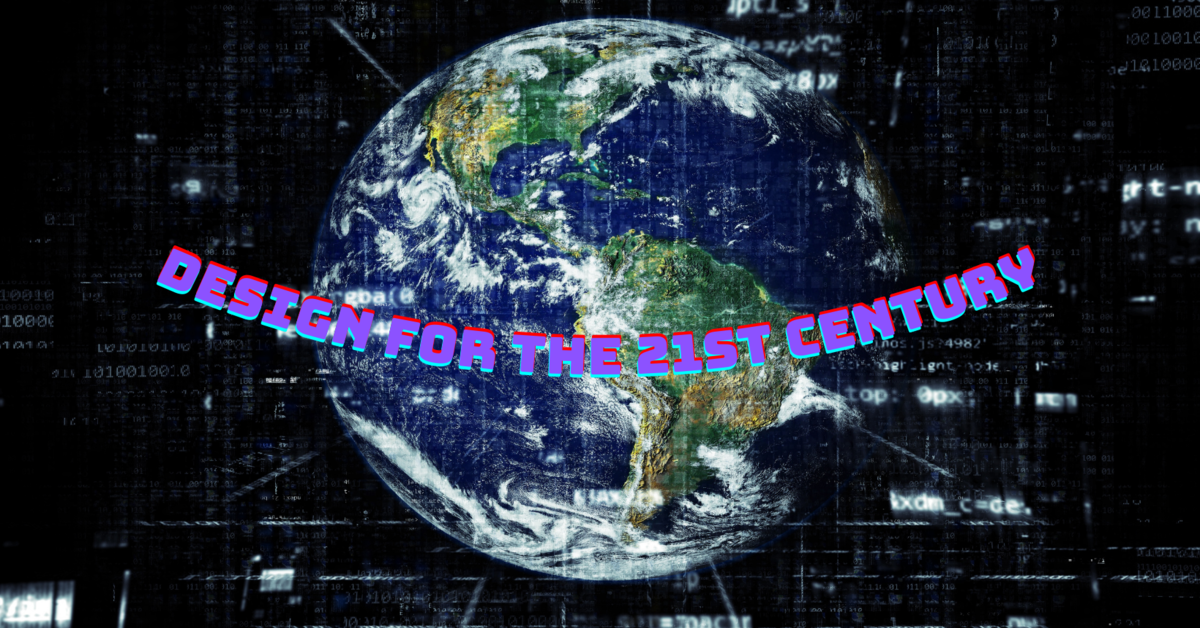As technology rapidly advances, so does the way we interact with it and the design of the products and services that we use. Designers must think outside the box to create meaningful and impactful experiences for users in our increasingly digital world. This requires taking into account user needs, market trends, and the latest advances in technology. By leveraging the latest design tools, understanding user needs, and staying ahead of the curve, designers can create innovative solutions that will shape the future of design in the 21st century.

Digital World
The 21st century has seen a dramatic shift in the way we live, work, and interact with each other. With the rise of digital technology, the world has become increasingly interconnected, and the way we design has had to adapt to this new reality. Designers must now consider how their work will be experienced in a digital world, and how to create designs that are both functional and aesthetically pleasing.
Take a Step

The first step in designing for the 21st century is to understand the digital landscape. This means understanding the different platforms, devices, and technologies that are available, and how they can be used to create effective designs. It also means understanding the different types of users who will be interacting with the design, and how they will interact with it. This understanding will help designers create designs that are tailored to the needs of their users.

Once the digital landscape is understood, designers must consider how to create designs that are both functional and aesthetically pleasing. This means understanding the principles of design, such as color, typography, layout, and composition. It also means understanding how to create designs that are responsive and adaptive to different devices and platforms. Designers must also consider how to create designs that are accessible to all users, regardless of their abilities or disabilities.

Finally, designers must consider how to create designs that are engaging and interactive. This means understanding how to create designs that are intuitive and easy to use, as well as how to create designs that are engaging and entertaining. Designers must also consider how to create designs that are secure and reliable, and how to create designs that are sustainable and environmentally friendly.
Conclusion
The 21st century has brought with it a digital revolution that has changed the way we interact with the world. Designers have had to adapt to this new digital world in order to create products and services that are both functional and aesthetically pleasing. By understanding the needs of the modern consumer, designers can create products that are both innovative and attractive. By embracing the digital world, designers can create products that are both useful and beautiful, and that will stand the test of time. Designing for the 21st century is an exciting challenge that requires creativity, innovation, and an understanding of the digital world.

